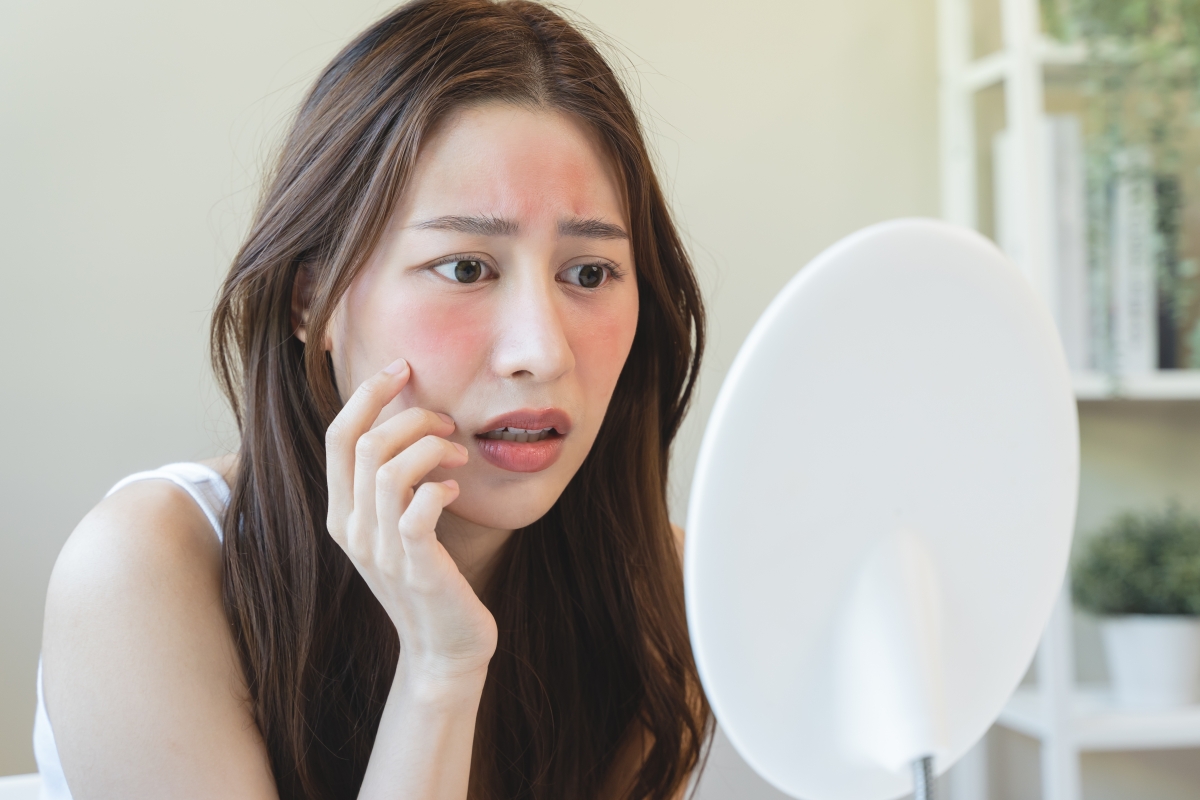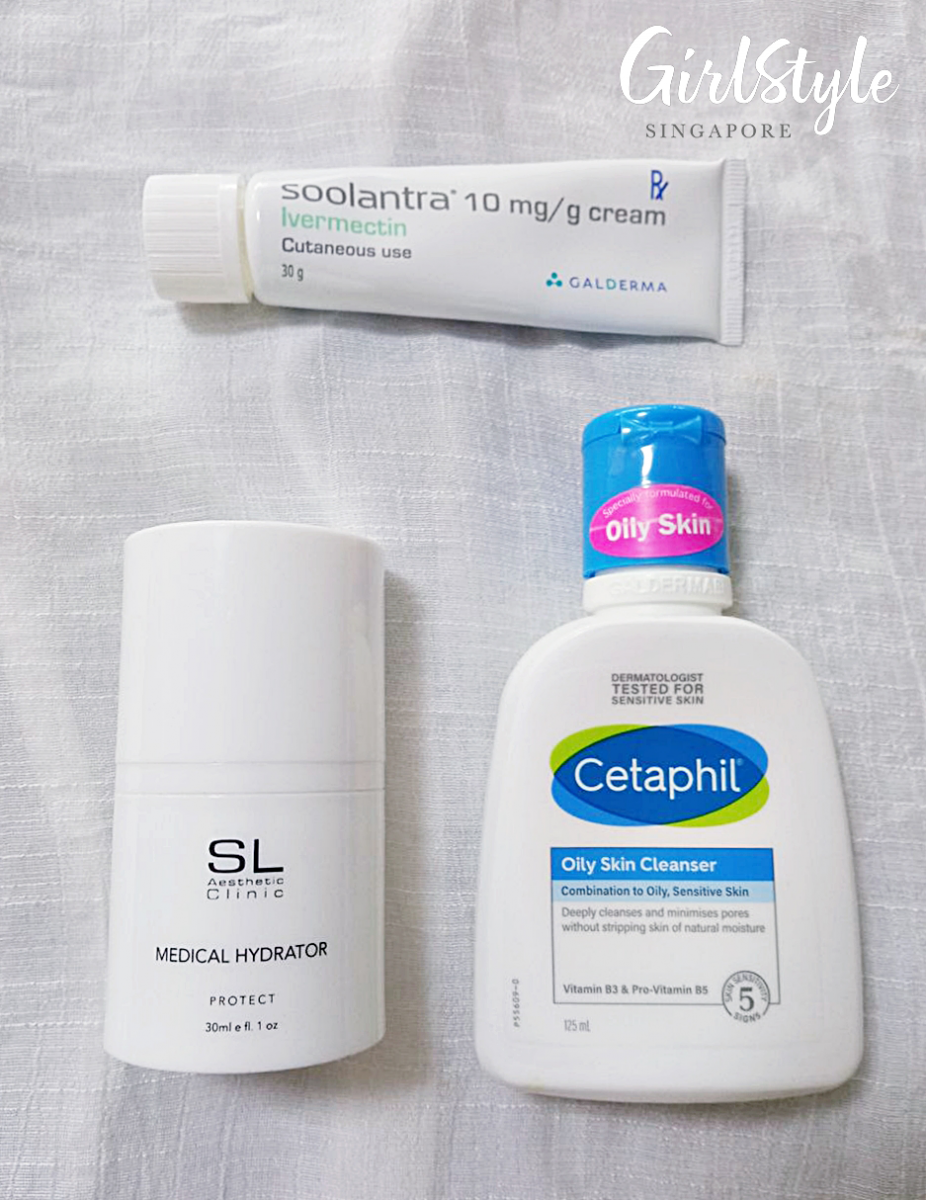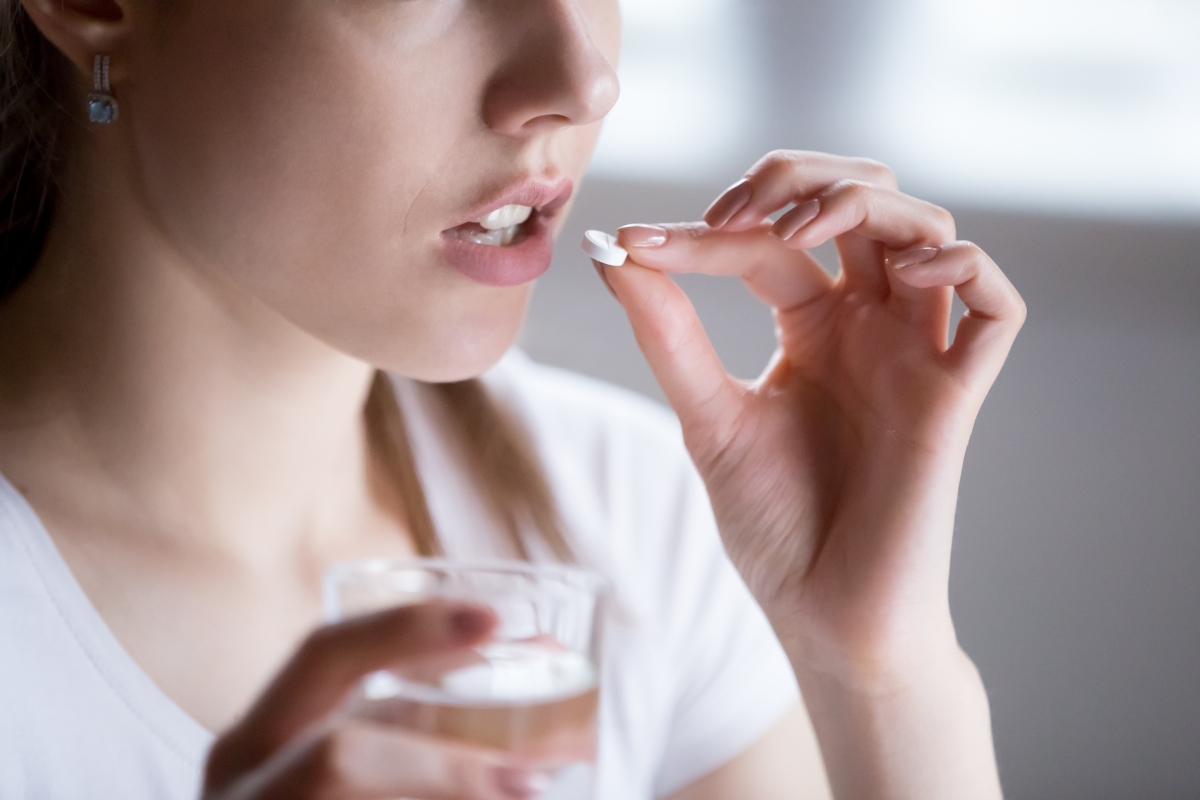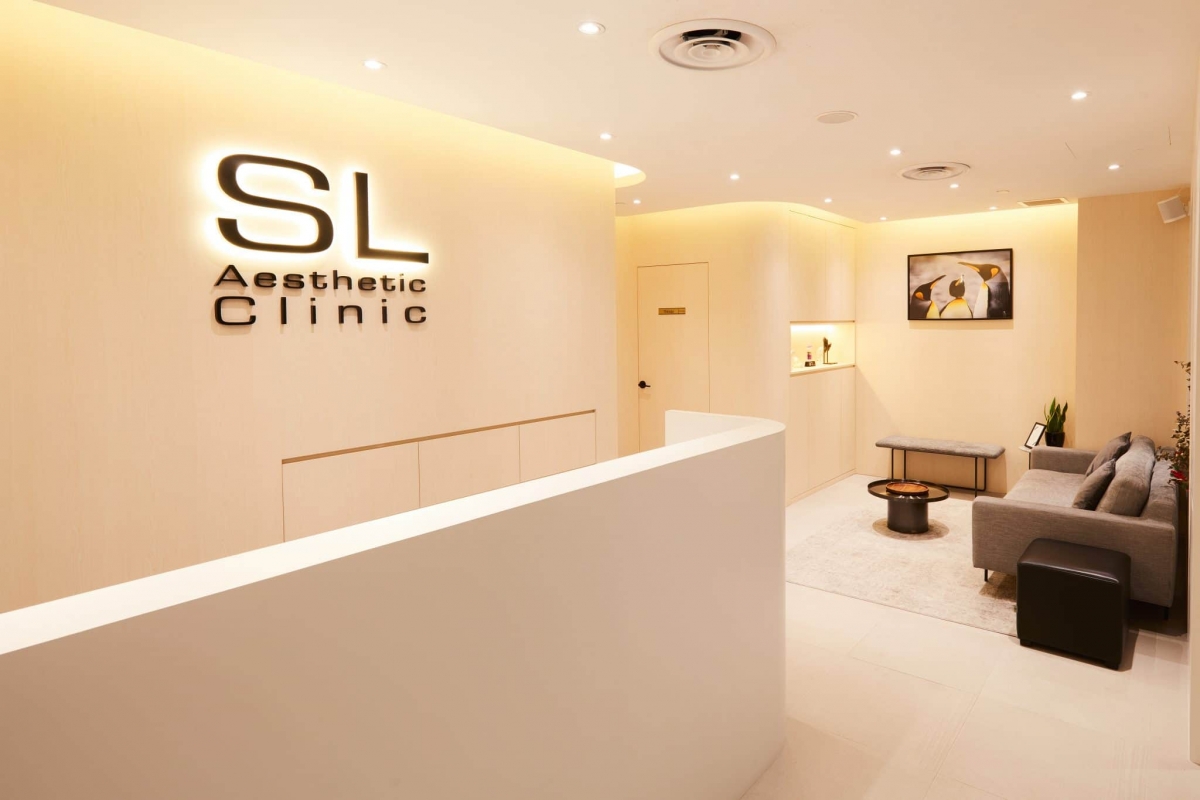
Dealing With Rosacea: Causes, Symptoms, & Treatment Of This Common But Under-Diagnosed Skin Condition
It’s been an arduous journey fighting various skin issues ever since I hit puberty - acne, blackheads, oily skin, you name it - and I have the unfortunate battle scars as a souvenir. While my skin did improve once I reached adulthood, I still get random teenager-like breakouts from time to time. Or at least I did, until I received a diagnosis and treatment for their big underlying issue: Rosacea.
What I initially envisioned being a consultation for more skin resurfacing lasers at an aesthetic clinic ended up with me being diagnosed with this skin condition that’s pretty common in Singapore, yet often goes undetected - even by doctors with years of experience. And now that my treatment is underway, my skin has been better than ever.
Here’s all you need to know about dealing with rosacea - from the causes to the symptoms and treatment - and a firsthand recount of how I got this long-standing skin sitch sorted out.
Note: This article was written based on my personal experience with rosacea. Treatments were paid for by myself, and were not sponsored.
What is rosacea + symptoms
 Photo from PressLogic
Photo from PressLogic
Rosacea (pronounced as "ro-zay-shee-uh") is a chronic condition whereby the skin is red and inflamed, with heightened sensitivity. In some cases, it results in itchiness, an uncomfortable burning or stinging sensation, and even broken blood vessels. Often appearing as what looks like “rosy cheeks” - which is in fact, irritation - rosacea also has small pustules appearing on one’s skin as one of its more common symptoms.
One huge misconception about rosacea is that it’s a condition that’s mostly present in Caucasians. This is entirely untrue, as it can affect just about anyone. In fact, constant mask-wearing, coupled with our hot and humid weather, has made rosacea even more prevalent in unsuspecting Singaporeans as of late.
Because of the way the condition manifests on different skin tones, rosacea tends to go undiagnosed in Asians and is often mistaken for acne. So, for all you know, your volatile breakouts may not just be random bouts of pimples - they may very well be a symptom of rosacea.
Causes of rosacea
 Photo from PressLogic
Photo from PressLogic
Don’t freak out, but I was told by my doctor - Dr Gabriel Wong from SL Aesthetic Clinic - that most of us have microscopic Demodex mites living on our faces which feed on sebum and bacteria, and produce their own bacteria as well. This is perfectly normal, but some of us happen to play host to more mites than others. The excessive amount of face mites, coupled with their bacteria, results in an inflammatory response by the skin which triggers rosacea.
Other causes of rosacea include: Having a weakened skin barrier due to multiple factors such as harsh skincare products or lack of proper care, being exposed to environmental aggressors like hot weather and pollution, a diet high in inflammatory foods like alcohol, dairy, and spicy dishes, as well as lifestyle factors like stress and lack of sleep. For some, it could simply be genetics - blame your parents.
Unfortunately, there is no cure for rosacea. Once you have it, you’re stuck with it for life. However, there are various forms of treatment to manage and improve the condition.
How I got my rosacea treated
Through a recommendation from a friend, I was very fortunate to cross paths with Dr Gabriel Wong, who managed to accurately identify my rosacea symptoms within just a few minutes of our first meeting - something my previous doctor failed to do. This diagnosis was purely based on my verbal description of my skin woes, and his own observations of what little he could see of my masked face - proof of how skilled and perceptive he is. Taking off my mask further confirmed his diagnosis.
Rosacea skincare routine
 Photo from GirlStyle Singapore
Photo from GirlStyle Singapore
After explaining my condition to me, Dr Wong rattled off a list of no-nos: No toner, no serum, no sheet masks, no retinol, no other anti-ageing products, no eye cream…
Huh, then what am I supposed to use? I stared at him dumbfounded.
Turns out, my skincare routine needed a complete overhaul, and this was to be whittled down to just a couple of steps:
- A gentle, non-stripping cleanser (Cetaphil was one recommendation)
- Soolantra cream, a prescription cream to kill the Demodex mites (for night use)
- SL Aesthetic Clinic’s own Medical Hydrator (in place of my moisturiser and eye cream)
- Sunscreen
I was also specifically advised to change my sunscreen from a chemical sunscreen to a pure physical sunscreen as the latter is better for those with skin sensitivity. Physical sunscreens can easily be found at places like Watsons. To identify them, simply check the ingredient list and look out for either of the 2 ingredients: Zinc Oxide and Titanium Dioxide. I’m currently using Anessa, a Japanese brand, but feel free to pick others based on your preferences.
According to Dr Wong, you can gingerly attempt to re-introduce your eye cream and such back into your routine after a year or two, though it would still be best not to, as that may or may not cause some setbacks in your progress depending on how your skin reacts.
Doxylin antibiotics for rosacea
 Photo from PressLogic
Photo from PressLogic
To speed up the process of killing off the rosacea-related bacteria, a course of doxylin antibiotics was prescribed to me. These are stronger-than-average antibiotics, and it’s especially important to have them with food, preferably during lunch instead of dinner. Initially, I was taking them at night - at times shortly before going to bed - and ended up experiencing gastric issues and a very painful, irritated throat. Changing the timing of consumption soon solved this issue.
While they don’t affect everyone, other common potential doxylin side effects include loss of appetite, diarrhoea, nausea, and mood swings.
The good news is that you won’t have to be on these meds for life, as they’re merely to support the initial stages of your treatment or help stabilise things when you’re having a flare-up. I took them for about 2 months before being told I could stop.
Rosacea laser at SL Aesthetic Clinic
 Photo from SL Aesthetic Clinic
Photo from SL Aesthetic Clinic
Upon Dr Wong’s suggestion, I decided to go for SL Aesthetic Clinic’s rosacea laser. It’s virtually painless, if just a little warm, and numbing cream is not required. Additionally, there’s no downtime, and you can apply your makeup immediately after - though I’d recommend letting your skin breathe if you’re not meeting anyone within the same day.
As my situation wasn’t too severe, I was asked to first try a minimum number of 3 sessions, each spaced about one to two months apart.
Results
Though I was initially hesitant to ditch my old skincare routine which included highly-raved, expensive cult brands, I figured that Dr Wong knew better than I did - after all, he's the one with the medical degree, not I. And it's a good thing that I diligently stuck to his instructions instead of succumbing to temptation and "cheating" with eye cream or the odd sheet mask, because my skin showed obvious signs of improvement within a month, all with minimal effort on my part. Plus, having to use just 3 face products in the morning as opposed to my previous 6 or 7 certainly saves me a whole lot of time when I'm rushing to work!
While I still do get small random bumps on my face here and there, especially during hotter times of the year, full-on breakouts with angry red acne spots are thankfully a thing of the past now. I’ve also noticed my skin becoming smoother, with less visible pores. In fact, my skin has never been better! Who knew - all it took was a proper diagnosis, the right products, and a little temporary boost from pills and lasers.
Do note that everyone’s skin is different, and whatever was prescribed to me was based on my own needs. Treatment and prescriptions may vary depending on the severity of your condition, and it would be best to book a consultation to find out what's best for your skin.
While you're here, check out our article on the 7 "hidden" costs to consider when doing aesthetic treatments so you can budget more accurately.





